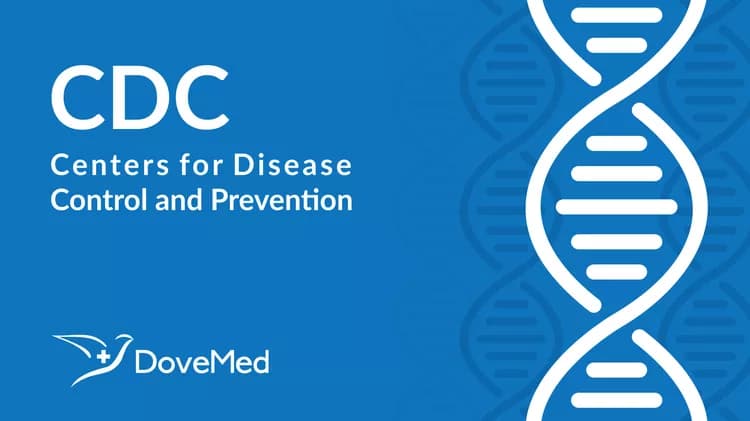
Fewer High School Students Engage In Health Risk Behaviors; Racial And Ethnic Differences Persist
Fewer High School Students Engage in Health Risk Behaviors; Racial and Ethnic Differences Persist
Fewer U.S. high school students are engaging in health risk behaviors compared to their counterparts from 15 years ago, according to the 2005 National Youth Risk Behavior Survey (YRBS), released today by the Centers for Disease Control and Prevention (CDC). Despite an overall decrease in health risk behaviors among high school students since 1991, racial and ethnic differences continue to be evident.
Two highlights of the survey involved seat belt use and alcohol use. High school students appear to be getting the message to buckle up. The 2005 National YRBS found only 10 percent of high school students said they rarely or never wore a seat belt when riding in a car, a dramatic decline from the 18 percent in 2003 and 26 percent in 1991. The percentage of students who report current alcohol use has also declined dramatically (43 percent in 2005 vs. 51 percent in 1991) since the first YRBS survey.
Other improvements seen during the past 15 years include a decline in the percentage of high school students reporting ever having sexual intercourse. In 2005, 47 percent of students said they had ever had sexual intercourse, roughly the same as in the 2003 National YRBS, but down from 54 percent reporting ever having sexual intercourse in the National YRBS survey in 1991. In addition, 63 percent of sexually active students reported that they or their partner had used a condom during last sexual intercourse (same as the 2003 National YRBS), compared to 46 percent in 1991.
“The overall survey results are encouraging because they show us that persistent efforts to get young people to adopt healthier behaviors can achieve positive results,” said Howell Wechsler, Ed.D, MPH, director of CDC’s division of adolescent and school health. “However, the results also illustrate some of the challenges. One, it does take persistence to achieve results. And two, despite the overall improvements in health behaviors of teens, racial and ethnic differences continue to exist.”
Compared with white and Hispanic high school students, black high school students are least likely to use tobacco, alcohol, cocaine and other drugs, but most likely to report sexual risk behaviors and sedentary behaviors such as watching television three or more hours per day. White students are less likely than black or Hispanic high school students to report physical fighting, sexual risk behaviors and being overweight, but more likely to engage in frequent cigarette smoking and episodic heavy drinking. Hispanic students are more likely than black or white students to report attempted suicide and the use of drugs like cocaine, heroin and methamphetamines.
“The reasons for these racial and ethnic differences are complex. More research is needed to assess the impact of education, socio-economic status, environment, and cultural factors that may contribute to health risk behaviors among high school students,” Wechsler added.
National, state and local YRBS’s are conducted every two years among high school students throughout the United States. These surveys monitor health risk behaviors that lead to unintentional injuries and violence; tobacco, alcohol and other drug use; and sexual behaviors that can lead to unintended pregnancy or sexually transmitted diseases. The surveys also measure high school students’ dietary behaviors and physical inactivity that can contribute to overweight.
Nearly 14,000 U.S. high school students participated in the 2005 National YRBS. Data are presented only for black, Hispanic and white students because the sample size of students from other racial/ethnic populations was too small for a meaningful analysis. Parental permission was obtained for students to participate in the survey. Student participation was voluntary, and responses were anonymous. States and cities could modify the questionnaire to meet their needs. The 2005 report includes national data as well as data from surveys conducted in 40 states and 21 large urban school districts.
The National YRBS is one of three HHS-sponsored surveys that provide data on substance abuse among youth. The others are the National Survey on Drug Use and Health (NSDUH), sponsored by the Substance Abuse and Mental Health Services Administration and a primary source of statistics on substance use among Americans age 12 and over (www.oas.samhsa.gov/nhsda.htm), and the Monitoring the Future (MTF) Study funded by the National Institute on Drug Abuse and conducted by the University of Michigan’s Institute for Social Research (http://monitoringthefuture.org). MTF tracks substance use among students in the 8th, 10th and 12th grades.
The 2005 Youth Risk Behavior Survey data are available at www.cdc.gov/yrbs.
Related Articles
Test Your Knowledge
Asked by users
Related Centers
Related Specialties
Related Physicians
Related Procedures
Related Resources
Join DoveHubs
and connect with fellow professionals

0 Comments
Please log in to post a comment.